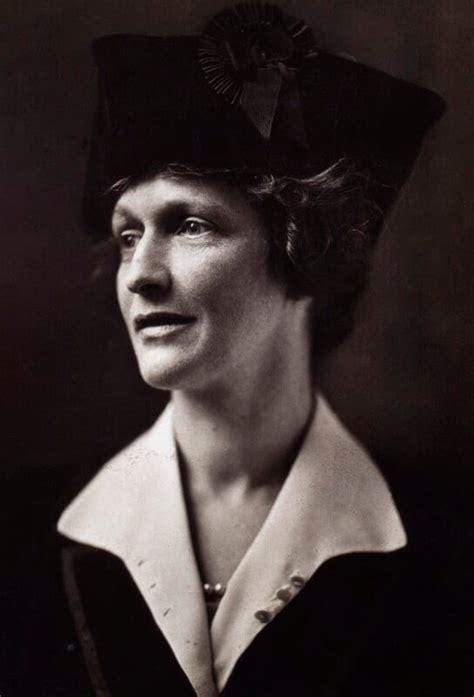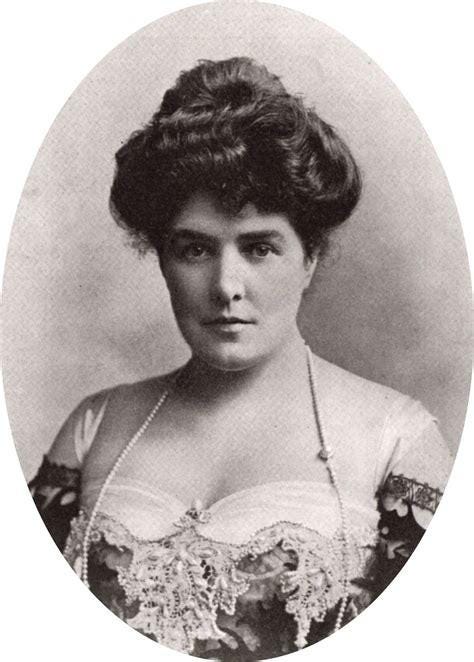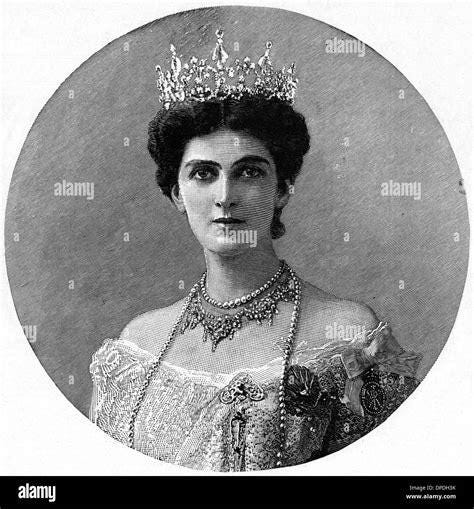During the late 19th and early 20th centuries, American heiresses known as the Dollar Princesses crossed the Atlantic to marry into the British aristocracy.
They arrived with vast dowries, funding the upkeep of crumbling stately homes and securing titles in return.
However, not all of these transatlantic unions resulted in fairytale endings.
While some American heiresses thrived, others found themselves facing financial ruin, marital misery, and a world that was rapidly changing beneath their feet.
This is the story of what happened when the money ran out, the dream crumbled, and the once-powerful American heiresses had to navigate a life that no longer resembled the glamour they had once known.
When Fortunes Faded: The decline of gilded age wealth
At the height of the Gilded Age, America’s wealthiest families amassed enormous fortunes through industry, railroads, and finance.
These fortunes funded extravagant lifestyles and, for many young women, marriages to European aristocrats seeking financial salvation.
Yet, by the early 20th century, several key factors contributed to the decline of these vast fortunes:
Economic Downturns: The Wall Street Crash of 1929 and the Great Depression wiped out many family fortunes almost overnight. Economic instability left many aristocratic households unable to maintain their estates, forcing some heiresses into financial distress.
Changing Tax Laws: Both the United States and Britain introduced inheritance taxes and other financial measures that reduced generational wealth.
Divorce and Legal Battles: Unlike British aristocrats, many American families had no tradition of primogeniture, meaning wealth was often divided among multiple heirs, leading to financial disputes and fragmentation of assets.
Social and Cultural Shifts: The rigid aristocratic world began to erode, and women, including heiresses, sought independence rather than remaining trapped in failing marriages.
These shifts meant that several heiresses found themselves in precarious financial positions, struggling to maintain appearances in a world that no longer guaranteed them security.
The impact of World War I on heiresses
World War I drastically altered the financial and social landscape for many American heiresses who had married into the British aristocracy.
The war’s devastation led to unprecedented economic strains, taxation increases, and shifting social attitudes, all of which contributed to the decline of many once-wealthy aristocratic households.
Estate Costs and Taxation: The war effort required enormous financial contributions, leading to heavy taxation on the wealthy. Aristocratic families were hit particularly hard as Britain introduced high estate duties and wealth taxes, making it difficult to maintain lavish homes and lifestyles. Many heiresses saw their inherited fortunes dwindle rapidly due to these financial pressures.
Loss of Heirs and Family Members: The war claimed the lives of many young aristocratic men, leading to succession crises and unexpected financial burdens. Widowed heiresses or those left without an heir were often forced to sell off portions of their estates to manage debts and expenses.
Changing Social Roles: The war led to a shift in societal values, diminishing the appeal of old-world aristocratic privilege. With many women stepping into roles previously occupied by men, the prestige of simply being a titled heiress lost its significance. Some heiresses who had once been the centre of high society now found themselves navigating a world where wealth and status were no longer the defining features of British society.
Shift in Wealth and Power: Post-war Britain entered a period of economic hardship, marked by declining agricultural revenues, labour strikes, and a struggling economy. The immense wealth once enjoyed by heiresses who married into British nobility was now subject to inflation, economic instability, and social changes that made sustaining a lavish lifestyle increasingly difficult.
These challenges forced many heiresses to make difficult decisions about their futures.
Some adjusted by downsizing, others sold off assets, and a few took on professional roles to sustain themselves in an evolving world where aristocratic privilege alone was no longer enough.
Heiresses who faced financial ruin
Not all American heiresses who married into British nobility enjoyed lifelong prosperity.
Some faced financial turmoil due to economic downturns, mismanagement, or personal misfortunes.
Here are a few notable cases:
Lady Nancy Astor: Navigating political and personal challenges
Nancy Witcher Langhorne, born in Virginia, married Waldorf Astor, the 2nd Viscount Astor, in 1906.
While Nancy became the first woman to take a seat in the British Parliament, her personal life was fraught with challenges.
The Astor family faced financial difficulties due to declining agricultural revenues and the economic impacts of the Great Depression.
Nancy's political career also brought scrutiny and criticism, adding to her personal burdens.
Lady Randolph Churchill: Jennie Jerome's trials
Jennie Jerome, an American socialite, married Lord Randolph Churchill in 1874.
Despite her initial wealth, Jennie faced financial difficulties after her husband's death.
She ventured into various projects to support herself, including founding and editing the short-lived literary magazine Anglo-Saxon Review in 1899, which ceased after just ten issues.
She also wrote plays, such as His Borrowed Plumes in 1909, which did not achieve commercial success.
These ventures, combined with her lavish lifestyle, led to financial strain in her later years.
Mary Leiter: from Vicereine to financial strain
Mary Victoria Leiter, daughter of Chicago millionaire Levi Leiter, married George Curzon, who became the Viceroy of India.
As Vicereine, Mary played a significant role in British colonial society.
However, after her untimely death in 1906, Curzon faced financial difficulties, and the family struggled to maintain their estates.
Consuelo Vanderbilt: From duchess to divorcee
Consuelo Vanderbilt's marriage to Charles Spencer-Churchill, the 9th Duke of Marlborough, in 1895, is a quintessential example of the "Dollar Princess" phenomenon.
Her father, William Kissam Vanderbilt, provided a staggering dowry to secure this union.
The marriage settlement included $2.5 million in railroad stock, equivalent to approximately $91.6 million today, adjusted for inflation. This substantial sum was instrumental in restoring Blenheim Palace, the Duke's ancestral home, which was in dire need of funds.
Despite the financial infusion, the marriage was fraught with personal challenges.
The couple separated in 1906 and divorced in 1921.
Following their divorce, Consuelo faced financial adjustments, including a significant court ruling in 1944 that required death duties of approximately £175,000 to be paid by her son, the 10th Duke of Marlborough, upon the death of the 9th Duke in 1934.
The cost of keeping up appearances
For many American heiresses, financial struggles did not mean an immediate loss of status.
Instead, they were often forced to maintain appearances while secretly selling assets and making painful sacrifices to keep up their aristocratic image.
Selling Jewellery and Art Collections: Many heiresses and their families discreetly sold off family heirlooms, including rare artworks and diamond tiaras, to sustain their lifestyles.
Beatrice Forbes, Countess of Granard: An American heiress, Beatrice Forbes married into the British aristocracy and owned an impressive collection of jewels. In 2019, Christie's auctioned several of her pieces, highlighting the enduring value and eventual liquidation of such assets.
Consuelo Vanderbilt: Upon her marriage to the 9th Duke of Marlborough, Consuelo brought with her a magnificent diamond tiara crafted by Boucheron, emblematic of her wealth and status.
Renting Out or Selling Estates: Several aristocratic families were forced to open their stately homes to the public or sell portions of their land to developers.
Marjorie Merriweather Post: An American heiress, Post resided in a Neo-Georgian mansion from 1959 onward. She conceived this residence as a museum to be bequeathed to the Smithsonian upon her death, ensuring its preservation and public accessibility.
Entering the Workforce: Some former heiresses, particularly those who divorced, took on careers in writing, fashion, or even business—roles they never imagined occupying when they first entered high society.
Clare Boothe Luce: Born into American wealth, Clare's family fortunes diminished due to mismanagement. She built her own career, becoming a playwright and later a politician, exemplifying how the wealth that once defined American heiresses could not always be relied upon to last.
These struggles mirrored the larger transformation of British aristocracy, which was rapidly losing its grip on wealth and privilege in the face of modern economic realities.
A cautionary tale of wealth and power
The fall of the American heiress serves as a poignant reminder that wealth and titles do not guarantee security or happiness.
Their lives offer a unique lens into the intersection of wealth, power, and social change, reminding us that even the grandest fortunes are not immune to the passage of time.
Links:
Consuelo Vanderbilt – An American heiress who became the Duchess of Marlborough.
Lady Nancy Astor – The first woman to take a seat in the British Parliament, originally from the United States.
Jennie Jerome Churchill – An American socialite and mother of Winston Churchill.
Mary Leiter – An American heiress who became Lady Curzon, Vicereine of India.
Beatrice Forbes, Countess of Granard – An American heiress who married into the British aristocracy.
Marjorie Merriweather Post – An American heiress known for her impressive jewellery collection.
Clare Boothe Luce – An American playwright and politician who built her own career after her family's fortunes diminished.







This has some really great points. All too often history paints them as the ones who saved the aristocracy, but that is a long way from the end of their stories. Downton Abby illustrates a bit of this for Cora during their uncertain financial times as well. Thank you for sharing!